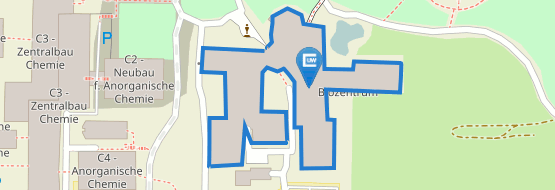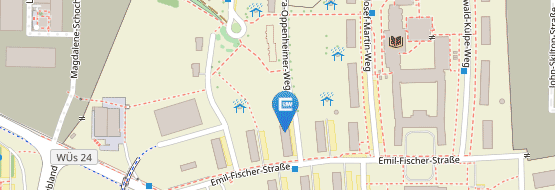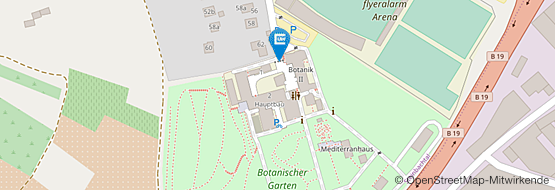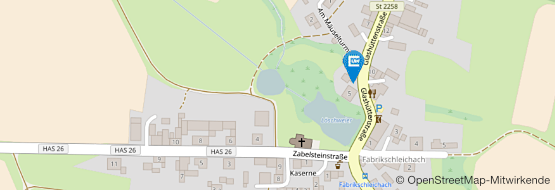Logistical Herculean Tasks
11/22/2021
The question of the causes of species extinction confronts science with complex tasks. Dr Sarah Redlich from the Biocentre on the challenge of creating a study design.
more

















